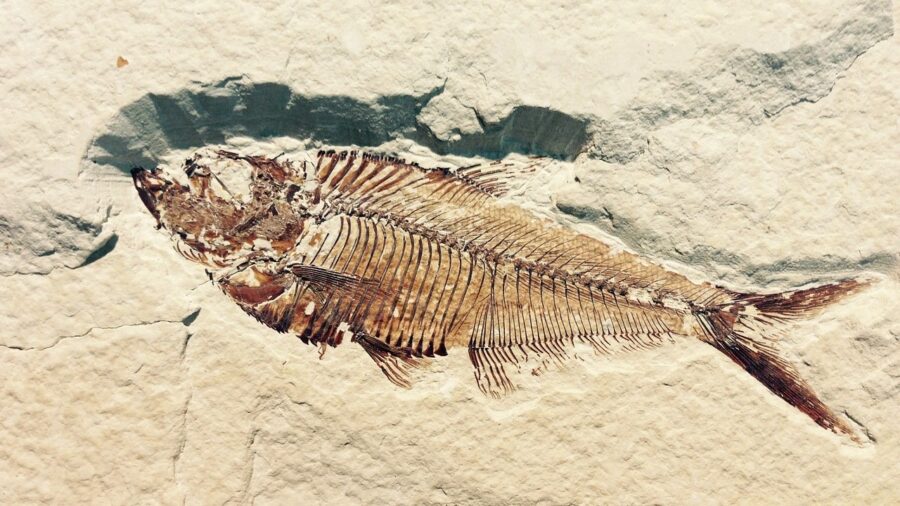Amazing Fossil Reveals New Species Of Giant Aquatic Lizard
A new fossil has been discovered by scientists, which points to a brand-new aquatic being that is some sort of gigantic aquatic lizard.
This article is more than 2 years old

Ever since Steven Spielberg and Jurassic Park busted their way into theaters in 1993, audiences around the globe have been interested in archeology. A branch of scientific discovery that has taken the world by storm, the idea of finding fossils and possibly unearthing an entire species that once roamed the planet has been of interest to many for decades. Scientists still haven’t found a tangible way to bring dinosaurs back to life, despite what many of the characters of this summer’s blockbuster Jurassic World: Dominion would have audiences believe. However, it appears that a fossil has been discovered in real life that points the way to another species of animals not seen for millions of years.
According to a report by ScienceAlert, fossils have been recently discovered that reveal an enormous aquatic lizard that they claim most likely roamed the seas 66 million years ago. The ancient and now very extinct lizard is a mosasaur species that lived during the Late Cretaceous period and is considered a reptile. Those who have analyzed the fossil remains found have concluded that the giant lizard most likely hunted larger animals in the sea, such as plesiosaurs, other mosasaurs, and even sea turtles. This directly opposes other mosasaurs in history, which often preyed on smaller animals like fish.
CNET reports that a team of researchers found this fossil of a new species of mosasaur in Morocco. Paleontologist Nick Longrich of the University of Bath helped to lead the discovery, as they have now named the new beast Thalassotitan Atrox. They have noted the strong and prominent jawline of the creature, with teeth stretched across. While they have not classified the lizard as a dinosaur per se, it is possible that the new mosasaur roamed the sea roughly around the same time that the Tyrannosaurus Rex staked a claim on the land. In fact, the researchers believe that the Thalassotitan was about 30 feet tall and could be compared to a Tyrannosaurus Rex mixed with a killer whale in terms of strength and length.
An apex predator, due to its size and probable stance as a leader to be feared in the sea, the new lizard species is a fantastic find. Nature World News reports that fossils of other mosasaurs, in general, have been discovered by teams of scientists for the past 250 years, as they are notably related to lizards and snakes. Many of these past discoveries have occurred in Africa, North America, South America, Europe, Western Asia, and even Antarctica. The first of these mosasaur fossils were discovered in the Netherlands in 1764. Specifically in the United States, fossils of similar creatures have been found in South Dakota and Kansas. For those interested in visiting some mosasaur fossils, the Royal Belgian Institute of Natural Sciences has a permanent exhibition showcasing some of these fantastic creatures. So, just as audiences who watch recent blockbuster movies of the past three decades believe that these types of extinct beasts are nothing more than science fiction, some researchers in Casablanca, Morocco may beg to differ.












